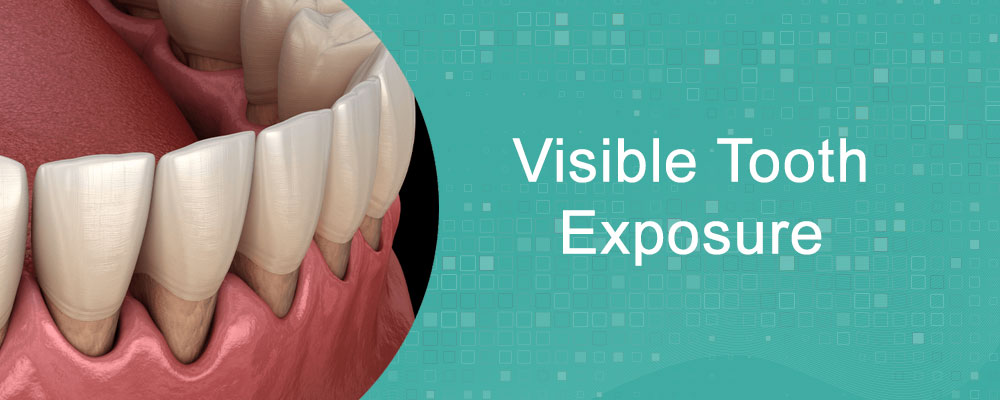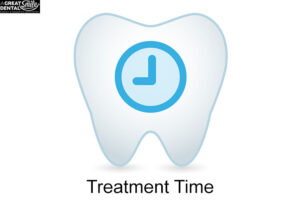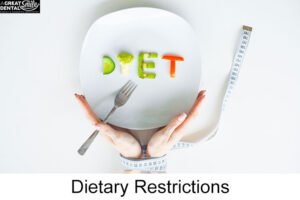Have you noticed any changes in your gums lately? Gum recession is a gradual process where the tissue surrounding your teeth begins to wear away or pull back, creating pockets that expose more of the tooth. This condition often stems from gum disease and, if left untreated, can lead to tooth loss. Beyond its impact on oral health, gum recession can also affect your smile’s appearance and overall self-confidence. Additionally, research indicates a potential link between gum disease and an increased risk of coronary heart disease, making early detection and treatment even more important. To help you recognize gum recession early, here are five key signs to watch for:
Changes in Gum Appearance: Healthy gums should be firm, light pink, and elastic. If your gums are red, swollen, or appear to be receding, it’s time to consult a dentist. These are common indicators of gum disease, which can lead to recession.
Bleeding Gums: If your gums bleed easily when you brush or floss, it may indicate a sign. Even with a soft-bristled toothbrush and toothpaste for sensitive teeth, persistent bleeding is a warning signal.

Visible Tooth Exposure: Notice more of your tooth showing when you smile or brush? This is a clear sign. Look for lines or notches at the base of your teeth—these often indicate where the gums have receded.
Tooth Sensitivity: Increased tooth sensitivity, particularly when biting or chewing, is often one of the earliest indicators. As gums recede, teeth may shift slightly, leading to discomfort and a feeling that your bite is misaligned.
Loose Teeth: In advanced cases, gum recession can cause teeth to become loose. This happens when the supporting bone structure of the teeth begins to deteriorate due to untreated gum disease, eventually leading to tooth loss.
Preventative Measures to Avoid Gum Recession
Taking proactive steps to care for your gums can help prevent gum recession and maintain a healthy smile for years to come. By adopting a comprehensive approach to oral hygiene and lifestyle choices, you can significantly reduce the risk of developing gum issues. Regular care not only protects your gums but also supports overall oral health and prevents potential complications down the road. Here are some key preventative measures you can adopt:
Practice Good Oral Hygiene: Brush your teeth a minimum of twice daily using a soft-bristled toothbrush and fluoride toothpaste. Be sure to brush gently, as aggressive brushing can wear away gum tissue. Floss daily to remove plaque and food particles from between your teeth and along the gumline.
Use the Right Technique: Proper brushing technique is essential for preventing gum recession. Hold your toothbrush at a 45-degree angle to your gums and use short, gentle strokes. Avoid scrubbing back and forth, as this can damage your gums and enamel.
Visit Your Dentist Regularly: Regular dental check-ups and cleanings are crucial for catching gum disease early and preventing gum recession. Your dentist at A Great Smile Dental can remove plaque and tartar buildup that you might miss with regular brushing and flossing.
Wear a Mouthguard: If you grind your teeth at night (a condition known as bruxism), consider wearing a mouthguard. Grinding can put excessive pressure on your teeth and gums, leading to recession over time.
Quit Smoking: Smoking is a major risk factor for gum disease, which can lead to gum recession. Quitting smoking not only improves your oral health but also benefits your overall well-being.
Maintain a Healthy Diet: A balanced diet packed with vitamins and minerals promotes healthy gums. Foods rich in vitamin C, such as citrus fruits and leafy greens, can strengthen your gums and help prevent disease.
Address Misaligned Teeth: If you have crooked or misaligned teeth, consider orthodontic treatment. Misalignment can create pockets where bacteria can accumulate, increasing the risk of gum recession. Correcting alignment issues can help protect your gums.
By incorporating these preventative measures into your daily routine, you can significantly reduce the risk of gum recession and ensure your gums remain healthy and strong.
There are various treatment options for gum recession, ranging from deep cleaning (scaling) to more advanced procedures like gingival tissue grafting surgery. The best treatment for you will depend on how far the condition has progressed and the specific needs of your oral health. Early intervention can often prevent more extensive procedures and preserve your natural gums and teeth. Consulting your dentist is essential to developing a personalized treatment plan that addresses the severity of your gum recession and helps maintain your overall dental health. Regular follow-ups and adherence to your dentist’s recommendations will also play a crucial role in managing and preventing further recession.


 Aesthetic Appeal: One of the most significant
Aesthetic Appeal: One of the most significant  Variety of Options: Today’s orthodontic patients have more choices than ever before. Beyond traditional metal braces, there are lingual (behind the teeth) and ceramic braces, offering less visibility during treatment and providing an aesthetic alternative for those concerned about the appearance of metal braces.
Variety of Options: Today’s orthodontic patients have more choices than ever before. Beyond traditional metal braces, there are lingual (behind the teeth) and ceramic braces, offering less visibility during treatment and providing an aesthetic alternative for those concerned about the appearance of metal braces. While braces are a proven method for achieving straighter teeth, there are several considerations to keep in mind:
While braces are a proven method for achieving straighter teeth, there are several considerations to keep in mind:

